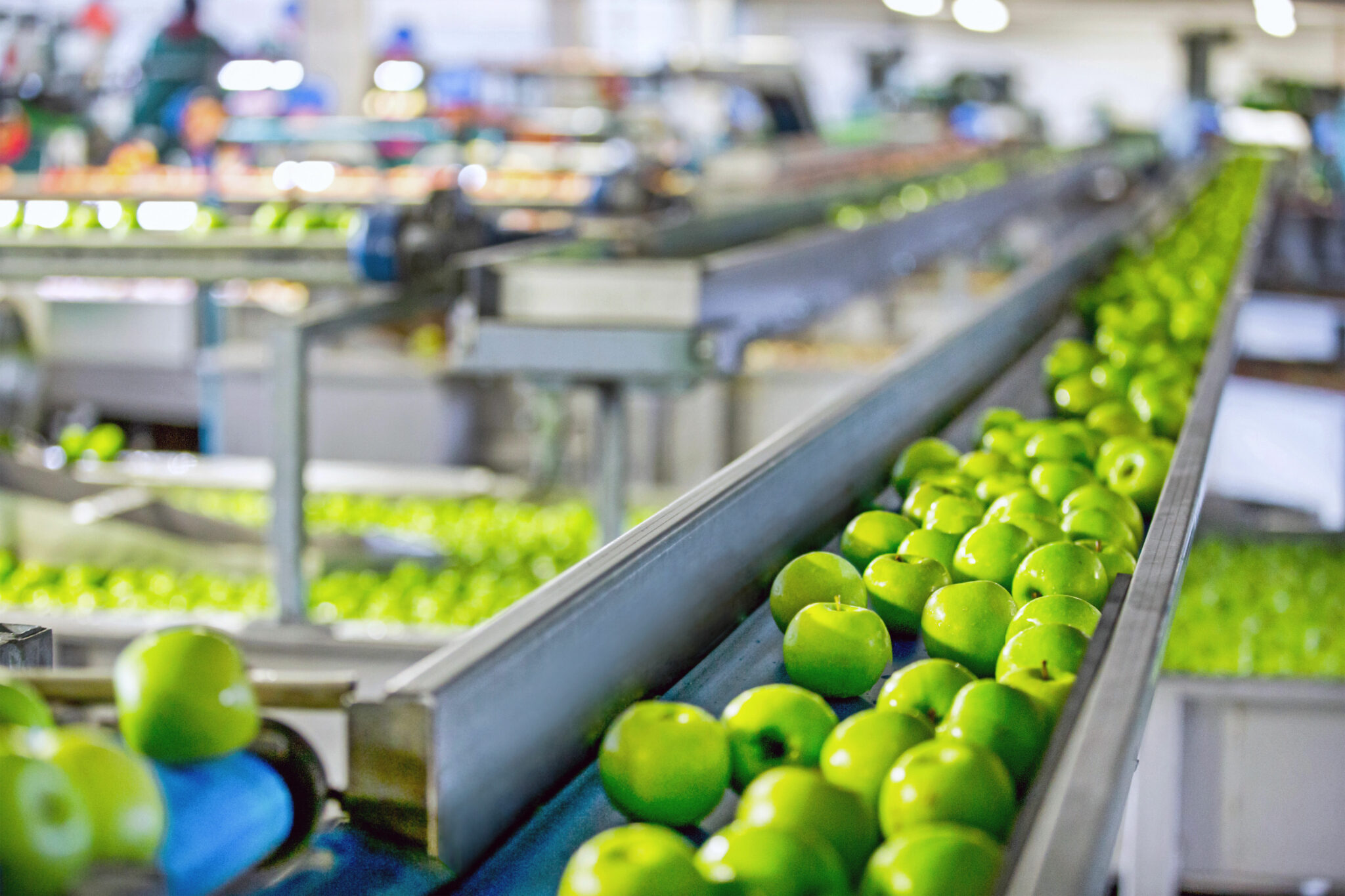What is Food Ingredient Traceability?
Food ingredient traceability refers to the ability to track the journey of food ingredients from their source to the finished product. This process will look unique to every organization but the following steps will likely be necessary for complete and comprehensive traceability.
- Ingredient Sourcing
Food manufacturers should begin by recording raw material origins, including supplier and production facility details.
- Data Collection and Identification
After batch numbers and lot numbers are assigned to various ingredients and food products organizations should develop a comprehensive record-keeping system that streamlines food ingredient journeys over time.
Real-time data related to production, transportation, and storage should all be easily accessible for all team members, to meet traceability requirements.
- Labeling and Tracking
Labeling all ingredients and final products is the next crucial step for product traceability. In doing so, food producers can easily track products within one central system.
- Inventory Management
Inventory management is critical to ensure that food ingredients remain fresh and organized. To protect public health and meet the FDA’s (Food and Drug Administration) regulatory standards inventory management ensures that all ingredients are stored in the safest manner possible.
- Documentation and Reporting
Keeping detailed records of each ingredient’s movement through the supply chain from handling and processing to the current state is necessary for effective food traceability systems. Supply chain traceability also supports the needs of reporting and traceability records.
- Auditing and Compliance
By holding regular audits across supply chains organizations can ensure they meet regulatory and compliance requirements and industry best practices for food safety. In doing so companies can also reduce product recalls, and contaminated products, and identify risks quickly when necessary.
The Growing Importance of Food Traceability in the Food Industry
The growing consumer demand for transparency in ingredient sourcing and production processes has forced organizations to reconsider how they are managing their production chains.
Conscious consumers are on the rise which means they want to know the origins of their food and expect companies to provide detailed information on sourcing and manufacturing processes.
This consumer demand coupled with the rise of strict regulatory frameworks such as the Food Safety Modernization Act (FSMA) has companies reconsidering how their traceability systems support high quality and safety of food. FSMA specifically requires all food producers and manufacturers that handle, pack, hold, or distribute foods included in the Food Traceability List to be tracked in detailed recordkeeping systems.
The rise in global supply chains where ingredients travel worldwide before they meet consumers has also called traceability into question. Such ingredients have a heightened risk of food fraud, contamination, and food recalls.
By implementing robust traceability systems, businesses can safeguard both their reputation and the health of their consumers, a win for all stakeholders.
Benefits of Food Traceability Systems
Implementing food traceability systems can help organizations in dynamic ways. Here are some of the key benefits of implementing food traceability:
- Improved food safety
Traceability improves food safety by reducing the risk of contamination, food recalls, allergens, and foodborne illnesses. Companies that are able to trace food can quickly identify risks and what ingredients and products have been affected.
- Enhanced quality control
Maintaining quality control is critical when it comes to food products. Food ingredient transparency can improve quality control by ensuring that individual ingredient needs are met in terms of storage, delivery, processing, and more.
- Increased transparency and consumer trust
As mentioned before conscious consumers are on the rise especially when it comes to food products. Food traceability systems allow companies to be more transparent about where ingredients are coming from, empowering consumers to make informed decisions and increasing consumer confidence.
- Cost efficiency
Reduced waste, improved inventory management, and streamlined supply chain operations are additional benefits of food ingredient traceability, all of which can lead to reduced operational costs and fewer disruptions.
- Regulatory Compliance
By implementing food traceability systems organizations can improve regulatory compliance. With regulatory shifts globally, organizations tracking their food ingredient data can ensure that standards are met, reducing the risk of legal penalties.
- Faster recall management
Traceability helps organizations facilitate the rapid identification of product risks throughout the supply chain. In doing so faulty products can be removed before they enter the market, affecting a company’s reputation.
Challenges in Food Ingredient Traceability
Several challenges can come along with implementing new food ingredient traceability systems. These changes usually come with the need for new and advanced traceability software. This takes organization buy-in and financial backing in many cases.
Managing large volumes of data from suppliers, manufacturers, and distributors can be a daunting task for organizations that lack a central system for storing information. Additionally, successful traceability requires cross-functional collaboration across all internal and external stakeholders – to ensure information is accurate and accessible.
Overcoming these challenges can pose initial barriers but once they are conquered organizations with food ingredient traceability systems in place will reap the benefits.
The Future of Food Ingredient Traceability
Over the next few years food ingredient traceability will be driven by advanced technologies such as blockchain, IoT sensors, and AI-powered data analytics. Such technologies will change food supply chain management by providing real-time tracking capabilities and tools for enhancing food safety, quality, and regulatory controls.
To keep up with shifting regulations and consumer demands organizations should reconsider how they will stay aligned with these changes to maintain competitive advantage and support a sustainable, efficient, and safe food ecosystem.
Food Ingredient Traceability Solutions from Specright
As trends show, food traceability is at the forefront of food safety initiatives. By centralizing and digitizing product and ingredient specifications, Specright’s Specification Data Management (SDM) platform provides businesses with a single source of truth, ensuring all ingredient details are accurately recorded and accessible across teams.
For Sugar Foods, Specright was a game changer when it came to managing the workflows utilized to track packaging decisions and information. From the early stages of development to production and end of life Specright continues to enable food and beverage companies to trace back all stages of their supply chain, improving quality, compliance, and collaboration.
By leveraging technology to centralize and track ingredient specifications companies can maintain brand integrity, meet compliance and regulatory requirements, and maintain consumer confidence.
To learn more about how Specright can enhance your food ingredient traceability request a demo today
Explore More Blogs
Get Started
With Specright’s Solution Suite, you can digitize, centralize, and link your specification data to drive efficiencies, intelligence, traceability, and collaboration within your organization and across your supply chain network.




